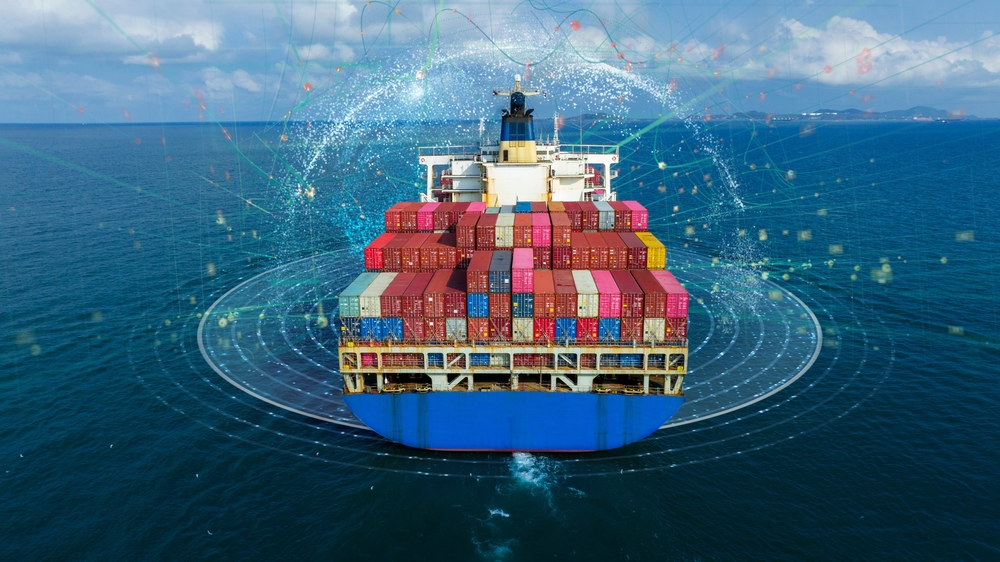
Digitalization continues to be one of the most talked-about trends in the maritime sector. From compliance reporting and operational efficiency to ESG data and route optimisation, digital transformation is underway across the value chain. Shipowners and operators are investing significantly in onboard systems, IoT sensors, cloud platforms and analytics tools. On paper, the sector appears to be making steady progress.
But in practice, adoption remains uneven. While some fleets are moving confidently toward digital maturity, many others encounter friction, and delays. Surprisingly, the biggest barriers to progress are often not technical limitations but hidden inefficiencies in how data moves between ship and shore. In short, the problem is not always with the systems themselves, but with the flow of information between them.
Data Silos and Fragmentation
One of the most common challenges faced by maritime operators is the existence of data silos. Ships often operate with systems that do not integrate easily with shore-based platforms. This can result in critical data being trapped in local applications or shared manually via email, portable drives or ad hoc uploads.
The result is fragmented, inconsistent data that lacks timeliness and reliability. For teams ashore, this makes it difficult to make informed decisions quickly. Instead of a single source of truth, stakeholders are left piecing together reports from different systems and formats. This not only slows down operations but also introduces risks related to compliance, safety and performance tracking.
To overcome this, operators require smarter, automated solutions that simplify the secure and consistent transfer of data between vessel and shore. Eliminating manual processes and streamlining delivery mechanisms is essential for establishing a more robust and dependable digital infrastructure.
Manual Workflows and Human Dependency
Despite the rise of automation and remote management tools, many maritime data workflows still depend heavily on manual processes. Files are often copied to physical media, emailed between departments or manually uploaded to cloud platforms such as SharePoint.
This creates multiple points of failure. Delays are common, errors can creep in, and in some cases, data may be lost entirely. It also puts unnecessary pressure on crew members, who are already balancing demanding workloads and limited connectivity.
Automating routine data transfers not only reduces the risk of error but also frees up crew time for more valuable tasks. More importantly, it enables real-time or near-real-time visibility for shore-based teams, giving operators the insight they need to make faster, data-driven decisions.
Underestimating Edge and Hybrid IT Challenges
The maritime environment presents unique challenges that are not always well understood by traditional IT vendors. A ship, in essence, is a remote edge environment. It is isolated for long periods, operates with intermittent network access, and often relies on bandwidth-constrained satellite connections.
This hybrid reality makes it difficult to rely on cloud-first solutions that assume constant connectivity. Instead, vessels need resilient systems that can operate offline, handle data locally, and synchronise automatically when a connection is available.
File transfer systems must be able to adapt to these constraints. That means incorporating retry logic, local caching, file splitting and secure packaging, all tailored to maritime operating conditions. The goal is to create data workflows that are seamless and resilient, even when connectivity is not.
Moving Forwards: A Smarter Approach to Data Flows
For digitalization to deliver its full potential, maritime operators must address the way data is handled and shared. This begins by prioritising the automation of routine data flows between vessel and shore. Every manual step removed is a gain in speed, accuracy and operational integrity.
Secure and verified file transfer should be treated as a foundational layer for digital trust. Without confidence in the accuracy and completeness of data, even the best analytics platform or dashboard will fall short.
Workflows should also be designed with hybrid operations in mind. This means preparing for offline conditions, integrating with vessel management systems, and ensuring compatibility with key shore-side platforms such as SharePoint, data lakes or fleet performance dashboards.
Just as importantly, operators must select solutions that are proven in maritime contexts. Generic IT tools often fall short when exposed to the constraints of life at sea. Tools designed specifically for maritime must accommodate limited bandwidth, high latency, and non-technical end users, all while maintaining high standards of security and reliability.
Unlocking Digital Value with GTReplicate
At GTMaritime, we work closely with operators to address these hidden challenges. Our solution, GTReplicate, is designed to automate secure file transfer in maritime environments, removing the friction that slows digital progress. It enables fleet-wide delivery with a single action, supports large files and software updates, and ensures data arrives reliably even when connectivity is limited.
By focusing on the practical realities of data movement, we help maritime companies accelerate their digital initiatives. When data flows seamlessly and securely, decision-making becomes faster, compliance becomes easier, and operations become more efficient.
Digitalization isn’t just about the systems you use, but how well they work together. Operators that get this right will be the ones who gain the true competitive advantage in the next phase of maritime innovation.
Learn more about how GTReplicate can help here.
